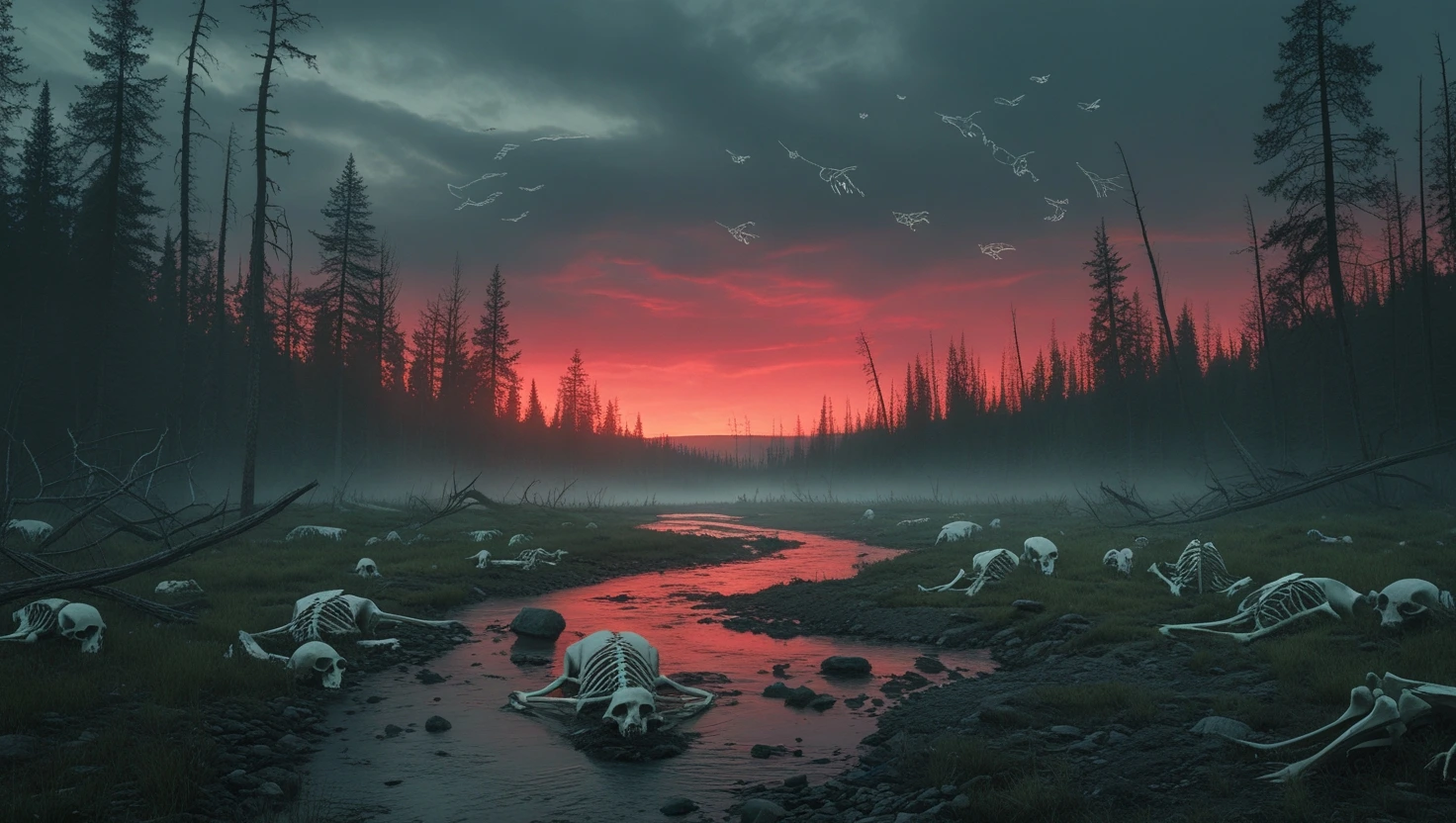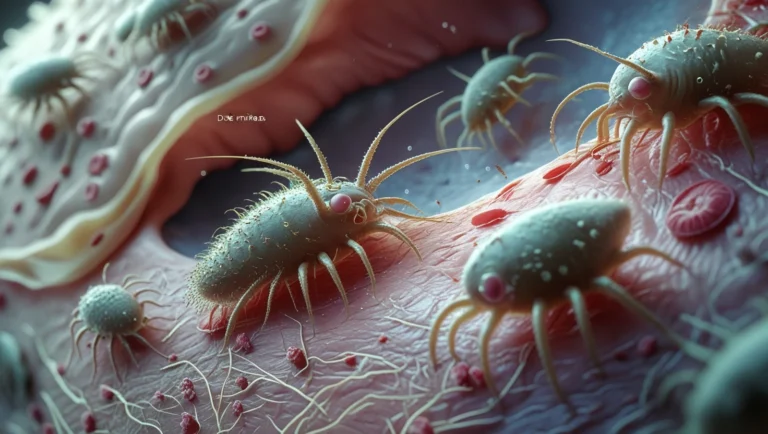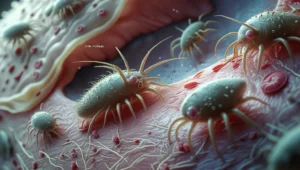The disappearance of a keystone species can send shockwaves through an entire ecosystem. These critical organisms, whether predators or plants, maintain the delicate balance of nature by regulating populations, shaping habitats, and supporting biodiversity.
Their extinction often triggers a domino effect that can permanently alter food webs, degrade habitats, and even lead to the collapse of entire ecosystems. Understanding these impacts helps us appreciate why conservation efforts must prioritize protecting these ecological linchpins before it’s too late.
Keystone Plants and Keystone Predators
Keystone species come in different forms, each playing unique but equally vital roles. Keystone predators, like wolves in Yellowstone National Park, control prey populations and prevent any single species from dominating.
Their presence maintains vegetation balance and supports countless other organisms. On the other hand, keystone plants, such as fig trees in tropical rainforests, provide essential food and shelter for numerous animals. These plants often serve as the foundation of their ecosystems, supporting everything from insects to large mammals. Without them, many species would struggle to survive, and the entire ecosystem could unravel.
Sudden Changes in the Food Chain
The extinction of a keystone species can cause immediate and dramatic shifts in the food chain. For example, the loss of sea otters in the Pacific Northwest led to an explosion in sea urchin populations, which then decimated kelp forests.
These underwater forests are crucial nurseries for fish and other marine life, so their decline had far-reaching consequences. Similarly, the disappearance of apex predators like lions or sharks can allow mid-level predators to proliferate, disrupting the balance further down the chain. These trophic cascades highlight how interconnected ecosystems are—and how vulnerable they become when a keystone species vanishes.
Was the Dodo Bird a Keystone Species?
The dodo bird, driven to extinction in the 17th century, is often cited as a tragic example of humanity’s impact on ecosystems. Recent research suggests the dodo may have been a keystone species on the island of Mauritius. By consuming and dispersing the seeds of certain trees, the dodo played a crucial role in forest regeneration.
After its extinction, some tree species struggled to reproduce, altering the island’s landscape. The dodo’s story serves as a stark reminder of how quickly an ecosystem can change when a key player disappears—and how difficult it can be to reverse those changes.
Everything is Connected
The fate of keystone species underscores a fundamental truth about nature: everything is connected. The loss of one species can set off a chain reaction affecting countless others, including humans. Healthy ecosystems provide clean air, fresh water, fertile soil, and other resources we depend on. By protecting keystone species, we safeguard these vital services.
Conservation strategies like habitat restoration, anti-poaching measures, and rewilding projects offer hope for preserving these ecological cornerstones. The challenge is urgent, but the rewards—resilient, thriving ecosystems—are worth the effort.
Read More About:
Gross! 7 Microscopic Creatures Eating Your Skin Daily








